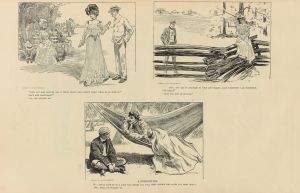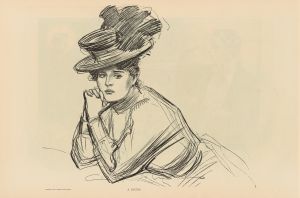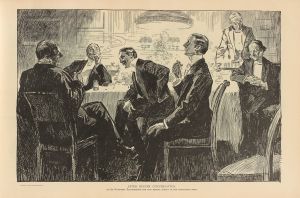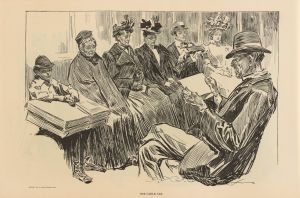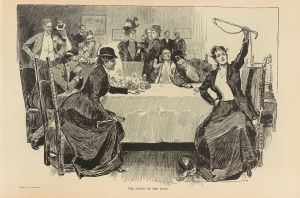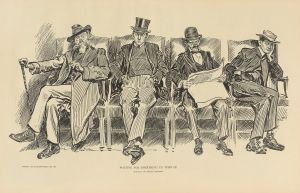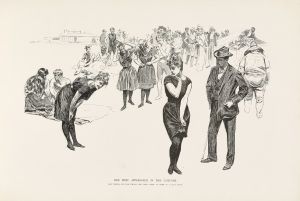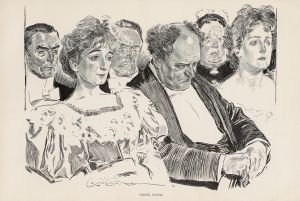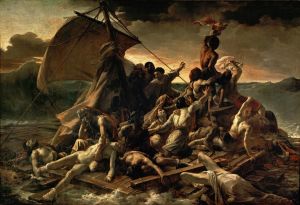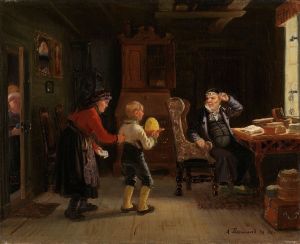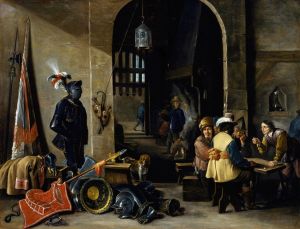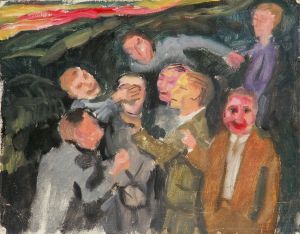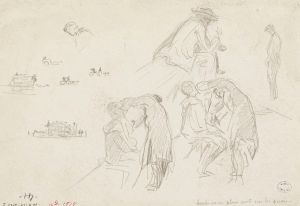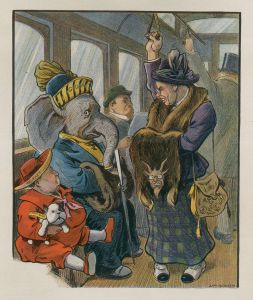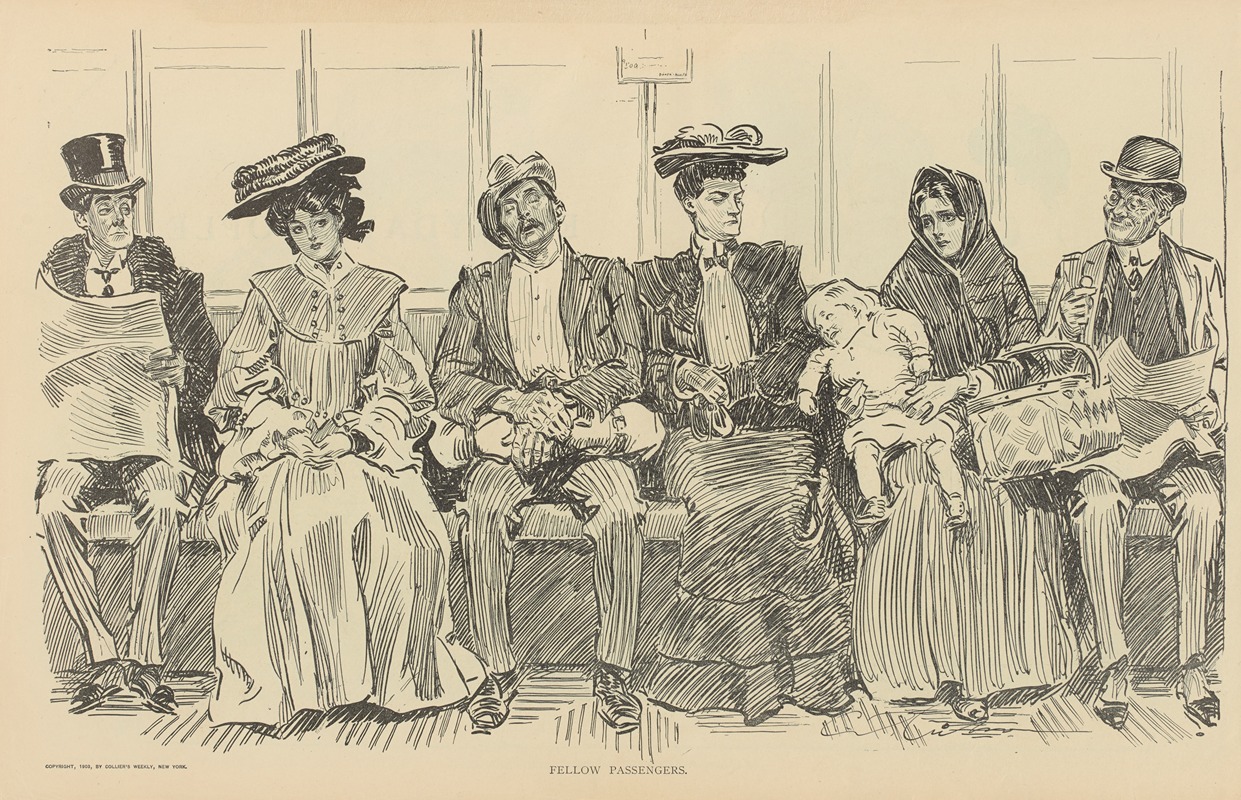
Fellow passengers
A hand-painted replica of Charles Dana Gibson’s masterpiece Fellow passengers, meticulously crafted by professional artists to capture the true essence of the original. Each piece is created with museum-quality canvas and rare mineral pigments, carefully painted by experienced artists with delicate brushstrokes and rich, layered colors to perfectly recreate the texture of the original artwork. Unlike machine-printed reproductions, this hand-painted version brings the painting to life, infused with the artist’s emotions and skill in every stroke. Whether for personal collection or home decoration, it instantly elevates the artistic atmosphere of any space.
Charles Dana Gibson was an influential American illustrator best known for his creation of the "Gibson Girl," an iconic representation of the American woman at the turn of the 20th century. Among his numerous works, "Fellow Passengers" stands out as a notable example of his artistic style and social commentary.
"Fellow Passengers" is a black-and-white illustration that captures a moment in time, reflecting the social dynamics and cultural norms of the early 1900s. Gibson's work often depicted scenes from everyday life, infused with humor, wit, and a keen observation of social interactions. This particular illustration is no exception, showcasing his ability to convey complex social narratives through simple yet expressive line drawings.
The scene in "Fellow Passengers" is set in a public space, likely a train or a similar mode of transportation, which was a common setting in Gibson's work to explore the interactions between different social classes and genders. The composition typically includes a diverse group of characters, each with distinct expressions and postures, highlighting the nuances of human behavior and societal expectations.
Gibson's illustrations were widely published in popular magazines of the time, such as Life and Harper's Weekly, making his work accessible to a broad audience. His ability to capture the essence of American society during this period contributed significantly to his popularity and the enduring legacy of his art. The "Gibson Girl," in particular, became a cultural icon, representing the idealized image of beauty, independence, and sophistication.
"Fellow Passengers" exemplifies Gibson's skill in using humor and satire to comment on social issues. Through his art, he often addressed themes such as gender roles, class distinctions, and the changing landscape of American society. His work resonated with the public, offering both entertainment and a mirror to the cultural shifts occurring at the time.
Gibson's influence extended beyond illustration; he played a role in shaping the visual culture of his era. His depictions of women, in particular, influenced fashion and societal perceptions of femininity. The "Gibson Girl" became a symbol of the modern woman, embodying both elegance and a sense of independence that was emerging in the early 20th century.
In summary, "Fellow Passengers" by Charles Dana Gibson is a testament to the artist's ability to capture the intricacies of social interaction and cultural norms through his distinctive illustrative style. His work remains a valuable historical record of American society at the turn of the century, offering insight into the values and attitudes of the time. Through his keen observations and artistic talent, Gibson left an indelible mark on the world of illustration and popular culture.





